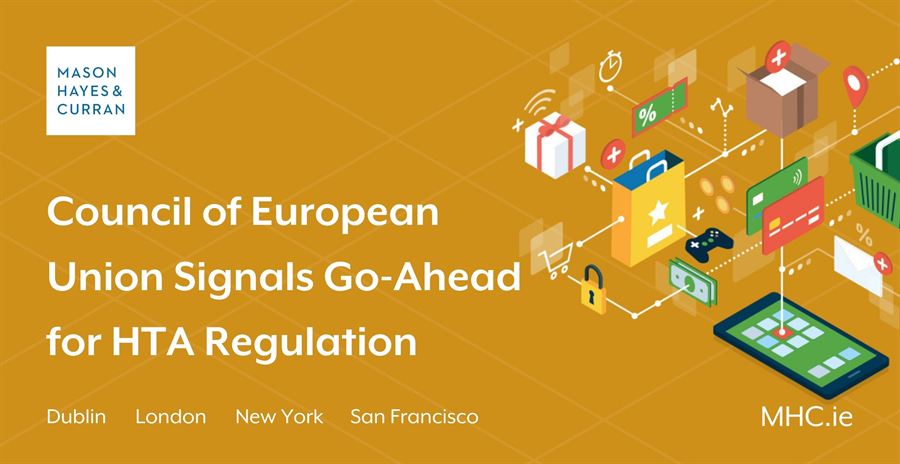
Health Technology Assessment (HTA) refers to a multidisciplinary research-based tool which supports decision-making in healthcare. It does this by collecting and summarising information in relation to a new or existing health technology like medicines, medical devices and diagnostic tools and surgical procedures. This information is then used to assess its value against other health technologies, as well as reviewing measures for disease prevention, diagnosis, or treatment.[1]
Following more than twenty years of voluntary cooperation in this area by EU Member States (MS), the European Commission adopted a proposal for a Regulation on HTA on 31 January 2018. [2] This position was then agreed by the Council of Europe (the Council) in March 2021[3] and was followed by a political deal with the European Parliament in June 2021. Finally, in November 2021, the Council, approved at first reading, the proposal for a Regulation on HTA.
What does the proposed Regulation aim to do?
This proposal aims to enhance cooperation between MS across four main areas:
-
On joint clinical assessments focusing on the most innovative health technologies with the most potential impact for patients
-
On joint scientific consultations whereby, developers can seek advice from HTA authorities
-
On identification of emerging health technologies to identify promising technologies early, and
-
On continuing voluntary cooperation in other areas[4]
The proposed Regulation covers new medicines and certain new medical devices and seeks to establish permanent and sustainable cooperation at EU level for joint clinical assessments in these areas. It is important to note that individual MS will continue to undertake non-clinical aspects of health technology and will retain responsibility for making decisions on pricing and reimbursement in these matters.[5]
To enable cooperation, the Regulation establishes an MS Coordination Group on HTA which will be composed of MS representatives, in particular, those from HTA authorities and bodies. This group will have responsibility for overseeing the carrying out of joint clinical assessments and other joint work, within the scope of the Regulation.[6] The current HTA process is performed by about 50 European HTA agencies.[7]
This assessment procedure will allow EU competent authorities to determine the added value of a health technology in comparison with other new or existing health technologies. It will also allow competent authorities to take informed decisions on the pricing or reimbursement of health technologies.[8] The proposal also seeks for example, to reduce administrative pressures on smaller developers of health technologies, by requiring them to only submit information, data and other evidence required for the joint clinical assessment once at EU-level.[9] This kind of measure will facilitate a much smoother and more efficient pathway to approval for state-of-the-art health technologies.
Conclusion: What next?
The proposals are good news for patients in the EU, as a fragmented approach to HTA could potentially negatively impact and slow down research and development of advanced health technologies. The European Parliament still needs to adopt the Regulation, which will apply three years after its entry into force.
For more information, contact a member of our Life Sciences Team.
The content of this article is provided for information purposes only and does not constitute legal or other advice.





